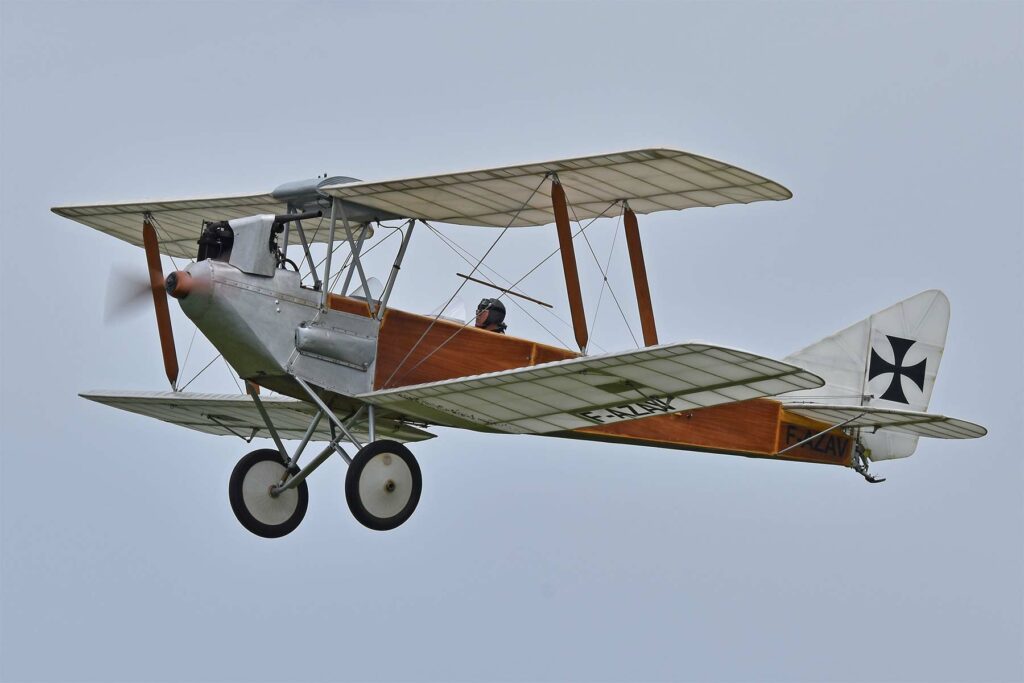This comprehensive article delves into the history, design, performance, military use, and combat effectiveness of the Albatros C.I aircraft, a notable aircraft from 1915 that played a crucial role during World War I. The Albatros C.I took flight during a critical period in aviation history, responding to the escalating demands of World War I. This article explores the aircraft’s development, the objectives behind its creation, its inaugural flight, and its significance during the era.
History of the Development of the Albatros C.I
In the tumultuous years of World War I, the need for effective reconnaissance and observation aircraft became increasingly evident. The Albatros C.I was a direct response to this demand, as it was designed to serve as a two-seat reconnaissance biplane.
The Albatros C.I program was launched in 1915, with the aircraft’s maiden flight taking place later that year. The development was carried out by the Albatros Flugzeugwerke. Unfortunately, the Albatros C.I did not have a NATO nickname.
Design of the Albatros C.I
The Albatros C.I was a biplane with a wingspan of 12.5 meters (41 feet) and a length of 8.7 meters (28.5 feet). Its design incorporated a variety of engines throughout its production, typically ranging from 120 to 160 horsepower. This allowed for a top speed of around 120 km/h (75 mph) and a range of approximately 300 kilometers (186 miles).
One of the notable advantages of the Albatros C.I was its versatility. It could be configured for a variety of roles, including reconnaissance, artillery spotting, and even light bombing. However, it had limitations in terms of speed and maneuverability compared to dedicated fighter aircraft of the time.

Performance of the Albatros C.I
The performance of the Albatros C.I was in line with the requirements of a reconnaissance aircraft. Its engine, typically rated at 120 to 160 horsepower, allowed it to reach a top speed of around 120 km/h (75 mph). It could operate at altitudes of up to 4,000 meters (13,123 feet) and had a range of approximately 300 kilometers (186 miles).
In comparison to contemporary aircraft like the British Royal Aircraft Factory BE.2 and the French Farman MF.7, the Albatros C.I offered similar performance characteristics. While it wasn’t designed for dogfights, its reliability and endurance made it a valuable asset in reconnaissance missions.
Military Use and Combat of the Albatros C.I
The Albatros C.I served primarily as a reconnaissance and observation aircraft during World War I. Its two-seat configuration allowed for both a pilot and an observer, making it effective for gathering intelligence and spotting enemy positions.
The aircraft participated in various operations and campaigns throughout the war, providing crucial information to German forces. It often encountered enemy aircraft but was not intended for aerial combat.
The Albatros C.I was not widely sold to other countries, as it was primarily used by the German military. Over time, it was gradually replaced by more specialized reconnaissance and observation aircraft.
The Albatros C.I played a significant role during World War I as a versatile reconnaissance and observation aircraft. Its adaptability and reliability made it a valuable asset to the German military, even though it was not designed for combat. While it eventually faded from the front lines, it remains an important chapter in the history of aviation during the early 20th century.
Back to the Spy Planes section.